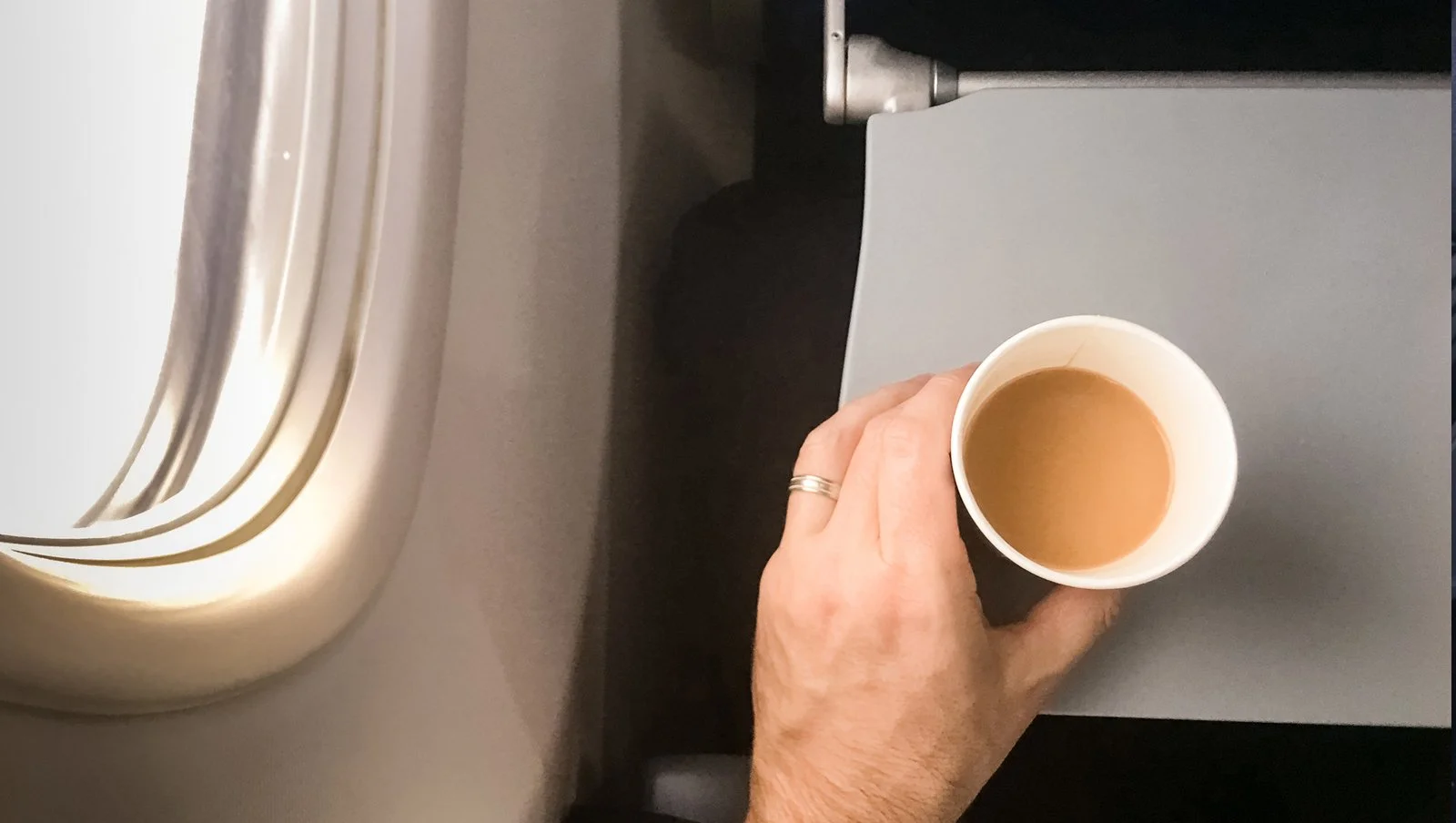
The intentioned design behind aircraft interior spaces
A door is a door. Except inside an aircraft cabin, where a door can be more – a self-service bar area, in fact.
It was from a notion for bringing new purpose to a seldom-used space that the M-Flex monument was created, thereby offering more amenities while maintaining seating capacity. And it’s an example of how solutions born from creativity and design helps airlines solve the ongoing challenge of balancing an evolved passenger experience with the economics of operating an aircraft.
Within Collins’ Interiors group, the Customer Experience & Design (CXD) team plays a pivotal role in tackling these challenges; they’re a collection of industrial designers who lead the early stages of product development. The team designs solutions for the cabin that make travel feel more spacious, intuitive and ergonomic, to name a few. And they achieve this by focusing on – and optimizing – the many nuanced details that, when combined, have an outsized effect on the onboard experience.
Blending aesthetics with purpose
At the heart of every project is an intentioned approach guided by principles of industrial design, the discipline that imagines how a product comes to life in a way that’s optimized for both function and aesthetics. Just like celebrated products such as the iPhone and Mini Cooper, the CXD team creates objects that look beautiful – and function beautifully.
Consider a recent project to create an Economy cabin self-serve snack area. The team’s core design guidance dictated the layout of the shelving not only to keep snacks secure while in flight but to arrange the shelving height to optimize the ergonomics for passengers helping themselves to the snack offerings. Rounding out the approach included incorporating aesthetic elements to enhance the experience when visiting the space: strategic placement of lighting to make it feel brighter, and a mirrored wall to create a more spacious feeling.
This approach extends throughout the cabin, where the blending of obvious with not-so-apparent design elements drives perceptions, both conscious and unconscious, that ultimately shape the overall experience for passengers.
Guided by passenger centricity
Good design comes from great purpose, and the notion of purpose is heightened when creating elements for a highly trafficked and finite space like an aircraft cabin. And given often-competing priorities that accompany projects, what anchors the CXD team’s guidance is a relentless focus on the passenger.
“We’re constantly asking ourselves, what value does a product design bring to the customer and ultimately to passengers,” says Jeff McKee, who leads the CXD team. “Focusing on why a product is important and useful is essential in a user centric design approach.”
Staying true to this guidance demands a highly critical eye as well as a lot of honesty about how a product or solution will actually be used, not only how the team hopes it will be adopted. This self-criticism also comes into play as the CXD team weighs the needs to balance passenger focus with the realities of operating an aircraft, where longevity and durability come into play, not to mention requirements around safety and certification.
An inquisitive group
This critical eye also lends itself well to other areas of the development process, especially in early stages of development when observations and insights weigh heavily in determining the design approach.
Close collaboration with airlines guides many insights, where the CXD team asks a battery of questions to draw out customer needs and wants. Coupled with this, the CXD team uses their astute observation skills to capture small details about human behavior during travel, which also provides outsized value in driving design decisions.
Take the button design on the Essence galley insert line, which received close attention during development after scratches on the control panel of an Airbus A320 were noticed. After further investigation, it was determined the scratches came from female flight attendants who used pens to operate the panel, as not to chip their manicured nails. This insight translated into a nail-friendly button design, which quickly won over flight attendants and led to widespread adoption of the line.
Inspiration for the Essence galley insert line’s button design came from an observation of flight attendant habits. Photo credit: Getty Images
Integral bridge between customers and engineering
Transitioning from design to engineering is a tricky process, where blue-sky thinking doesn’t always translate with the realities of engineering and manufacturing. This is where the CXD team provides real strength: their intimate knowledge of aircraft platforms combined with a deep understanding of customer demand and passenger behavior allows them to effectively translate a design narrative into the language of engineering.
This fluency flows in two directions. Not only can the team accurately relay customer needs to engineering; they also provide counsel to customers on what design elements are achievable in engineering, manufacturing and certification. By playing this integral role of interpreter, the CXD team helps to create a more streamlined development process.
Challenge breeds success
The constant evolution in airline and passenger needs, ensures the CXD team will continue to have challenging projects on their hands. And that’s ok with them. They’re problem solvers at heart – and it’s those challenges that drive them to stay sharp and creative.
“Beyond seeing a concept become real, we believe a project’s true success lies in solving for real challenges, especially if we take away learnings that might impact future projects,” says McKee.
More Aircrafted stories:



